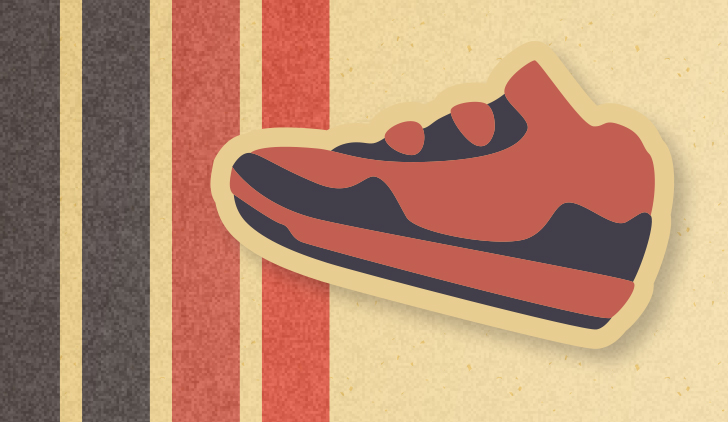
Then
Like many things, exercise in the 1980s was a little over the top. You were never really ready for a workout without Lycra, headbands and everything neon. It was also the decade that aerobics exploded onto the scene — Jane Fonda or Richard Simmons, anyone?
Now
Since then, our exercise needs have changed. While ’80s fitness recommendations focused on aerobics, these days we know we need to combine aerobic exercise with muscle-strengthening activities for overall health.
More than 80% of adults don’t meet the recommended guidelines for exercise due to their more sedentary lifestyle. Current guidelines state that adults should do at least two hours and 30 minutes of moderate-intensity exercise per week or an hour and 15 minutes of vigorous aerobic activity to see substantial benefits. And on two or more days per week, adults should incorporate weight training. If you don’t think you’re quite ready for this level of working out, don’t worry — any physical activity is better than nothing when it comes to gaining the health benefits associated with exercise.
And just what are the benefits of breaking a sweat? Physical activity has been shown to lower your risk of early death, coronary heart disease, stroke, high blood pressure, type 2 diabetes, certain types of cancer and depression.
So, whether you’re a walker, a cycler, a yogi, a lifter or even a Jazzerciser, find what gets you moving and start sweating like the oldies.
Tips
Need some tips when it comes to working out? These ideas can help keep you on track!
- Do it for you! To make it a lifestyle, you have to want it for yourself.
- Don’t try to do too much too soon or you’ll burn out. Or worse, risk injuring yourself. Build up to 150 minutes of exercise per week.
- Keep it interesting. Mix it up to avoid getting bored with your routine and to challenge new muscle groups.
- Find a partner. Having a workout buddy keeps you accountable and makes it harder to bail on those days you just aren’t feeling it.


